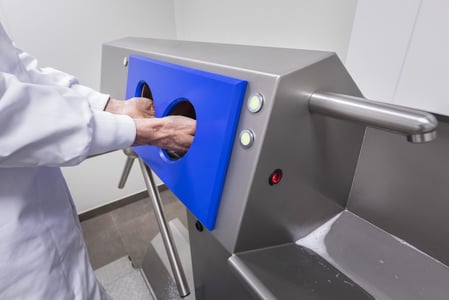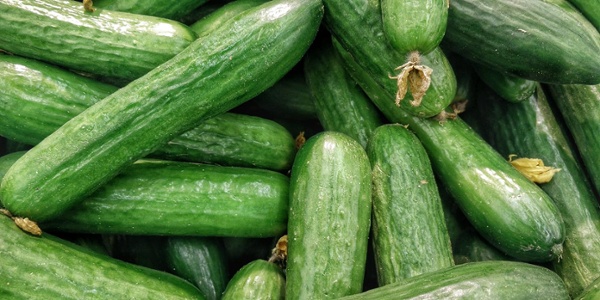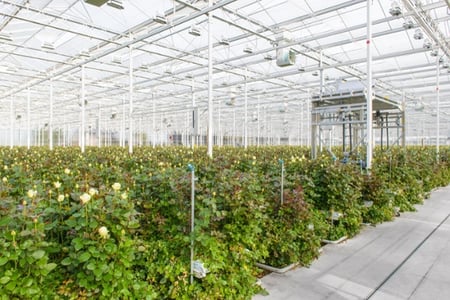Is it possible to control the Ralstonia bacterium preventively?

It is now a familiar name to Dutch rose growers: Ralstonia Solanacearum. A stubborn bacterium that can cause a lot of damage to roses and, worse still, can even affect the entire rose greenhouse. This makes it a dangerous bacterium that poses major risks to rose growers. The question is whether or not the Ralstonia bacterium can be controlled preventively. In this blog article, we look at this in more detail.
Damage caused to roses by the Ralstonia bacterium
The Ralstonia is a so-called quarantine organism that is not yet found in every country of the European Union. The organism was first discovered in a rose species in 2015. A variant of this bacterium is mainly known for causing brown rot in potatoes. In order for rose growers to prevent the damage cause by the Ralstonia bacterium, it is important to keep abreast of latest developments.
Research into the Ralstonia bacterium
However, the question is whether or not the Ralstonia bacterium can be controlled preventively. In 2015, the Dutch Food and Consumer Product Safety Authority launched a time-consuming investigation with the aim of countering the risk of the bacterium spreading and tracing its origins in order to eliminate it. The study was carried out in various phases and involved all rose growers in the Netherlands. Of the 138 rose growers visited, 13 were found to be infected.
In order to better understand the bacterium, various parties are carrying out on research under a PPS project that will run until April 2020. The main goal is to map the bacterium in order to be able to act more preventively in the future. However, this research is still in full swing.
Are preventive measures possible or not?
As extensive research is currently being carried out into the Ralstonia bacterium, there is still relatively little knowledge available in the area of preventive measures. Preventive control of the bacteria will therefore only be possible when sufficient knowledge becomes available. Nevertheless, developments are expected in the near future that will make it easier to detect and eventually eliminate the Ralstonia bacterium.
Despite the fact that the Ralstonia bacterium is still being researched, it is certainly possible for rose growers to take preventive measures. After all, the hygiene processes within a rose greenhouse play an essential role in preventing possible future contamination. The more hygienically the roses are handled, the safer the product. It is therefore not surprising that hygiene sluices are becoming increasingly common in greenhouse complexes. In this way, employees and visitors can wash and disinfect their hands and clean the soles of their shoes.
Increasing hygiene in the horticulture sector
Preventive hygiene measures in the form of a hygiene lock minimise the risk of disease and bacteria. After all, employees and visitors enter and leave the greenhouse cleanly, which raises the level of hygiene within the greenhouse and considerably reduces the risk of contamination.
A hygiene lock is a good example of a facility which ensures that product safety in the horticulture sector is guaranteed. Some additional examples:
- Sole disinfection at entrances and exits of greenhouses
- Hand disinfection systems with supervised access control
- Washing systems for thorough cleaning of imported load carriers
- Floor cleaning and disinfection facilities
More information about improving a hygiene process?
Following a HACCP guideline - whether it is mandatory or not - will always contribute to a more hygienic work process. Do you want more information about HACCP and its application in practice? Then download the handy white paper ‘Setting up a food safe hygiene process’, which tells you everything you need to know about these and other related topics.




.png)


